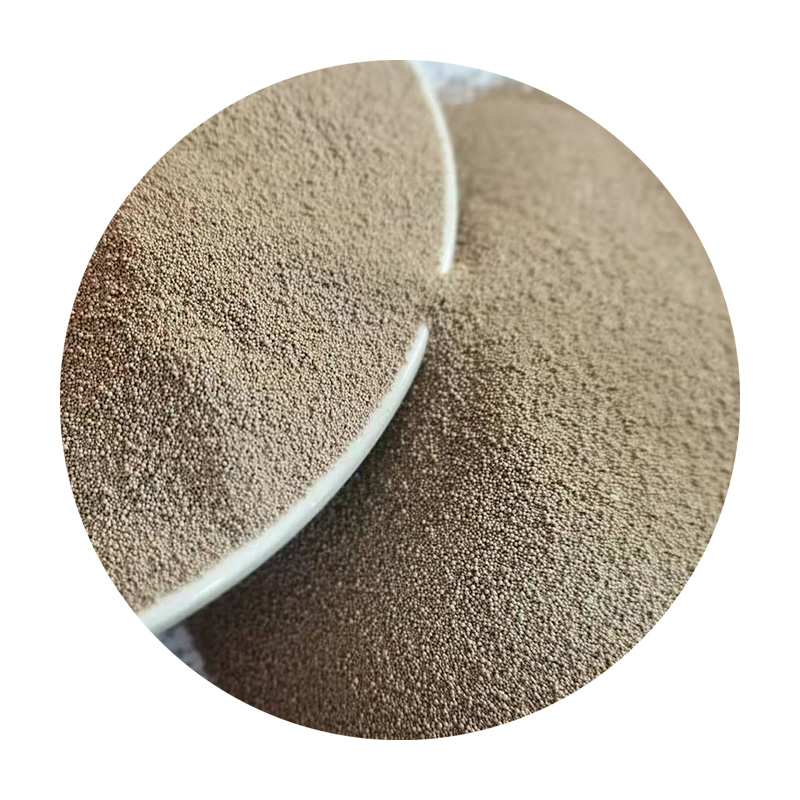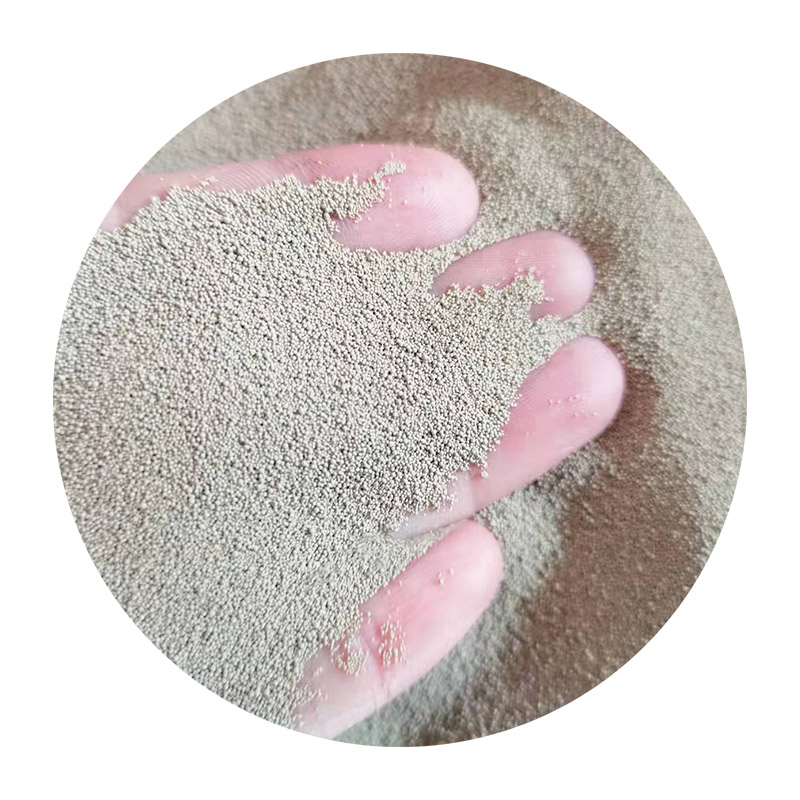

Pouring is the next critical stage. Molten metal, heated to the appropriate temperature, is carefully poured into the mold cavity through the gating system. The metallurgical composition of the alloy used is precisely controlled, demanding significant expertise to ensure the end product meets the required mechanical properties and performance standards. This stage particularly highlights the trustworthiness of the sand casting process, as even minor errors in temperature control or pouring rate can lead to defects like porosity or incomplete filling. Once the metal has cooled and solidified, the mold is broken away to reveal the cast part. This stage marks the transition from a carefully curated process to a tangible product. The breaking of the mold is a testament to the meticulous planning and expertise applied throughout the previous stages. The raw casting then undergoes finishing processes, such as trimming, cleaning, and machining, to meet precise specifications and quality standards. Sand casting's adaptability is evident in its ability to produce both small and large components with complex geometries. Industries ranging from automotive to aerospace and even artistic sculpture rely on this process due to its balance of cost-efficiency and manufacturing excellence. The authoritativeness of sand casting is further underscored by its long history and continual improvement through technological enhancements, such as computer-aided design (CAD) and simulation tools, which aid in optimizing designs and reducing lead times. In conclusion, sand casting exemplifies the harmonious blend of experience, expertise, authoritativeness, and trustworthiness, making it a stalwart of modern manufacturing. Its ability to deliver precision, coupled with the skill and knowledge of professionals involved at each step, ensures that products not only meet expectations but often exceed them. Understanding sand casting is, therefore, an exploration into a symbiotic process where tradition meets innovation, ensuring reliable and high-quality outcomes in the manufacturing landscape. Post time:лют . 15, 2025 03:19
Next:how accurate is sand casting
